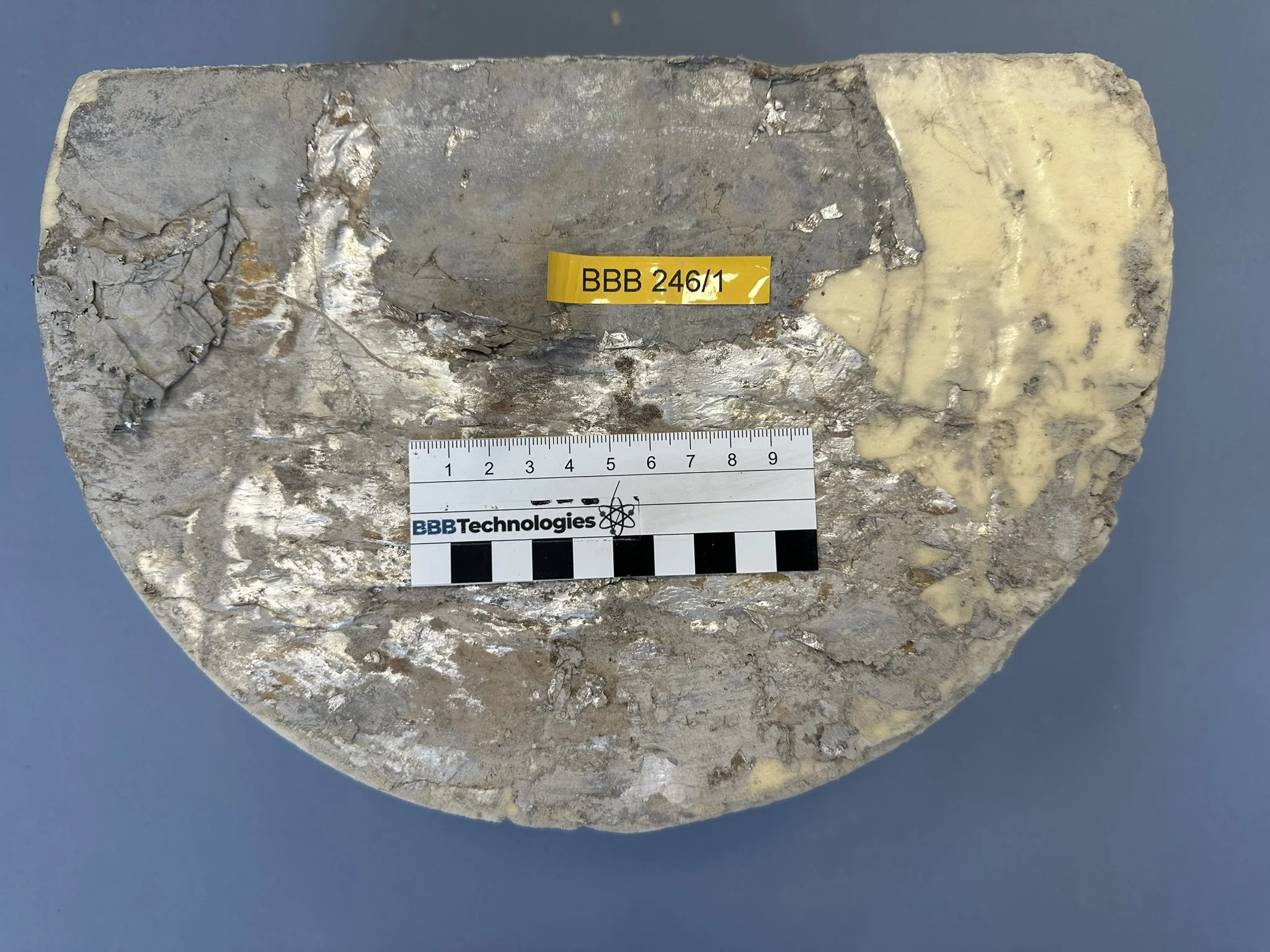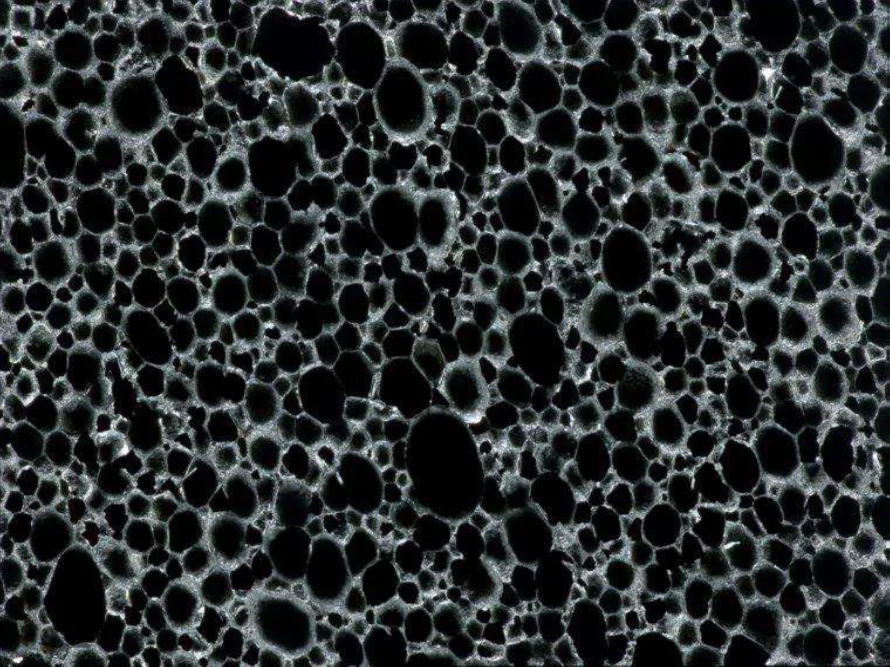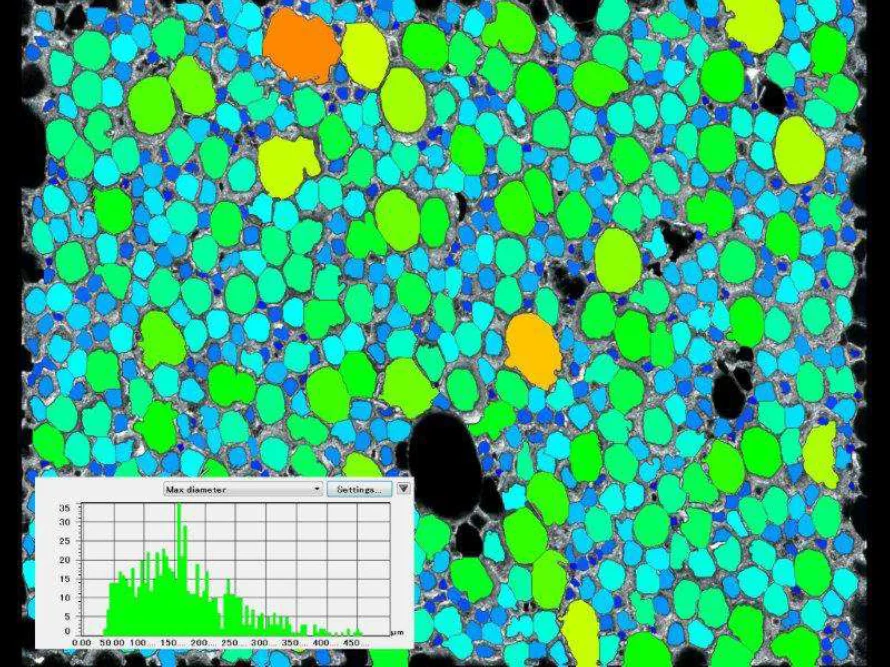Materials failure analysis is our business and insulation foams form a core part of our laboratories work. Rigid insulation foams are polymer based materials which resist the transfer of heat via conduction, convection or radiation. These foams are very commonly used to insulate the floors, walls and roofs of all types of buildings and are most typically pre formed boards made on a continuous process or liquid compositions injected into cavities. The most commonly used foam being polyisocyanurate (PIR).
On a very regular basis, our laboratories are asked to assess both the physical and chemical properties of both rigid and cavity injected insulation foams. The request for these examinations typically arise in cases where latent defects, hidden problems which cannot be discovered during reasonable or customary inspections, come to light.
Rigid foams tend to be less problematic as they are manufactured on continuous line. The most common question we are asked to answer is that of the dimensional stability of the foam. This request arises when it is suspected that the foam under the floor did undergo a level or shrinkage outside that of the foam manufacturers Declaration of Performance.




